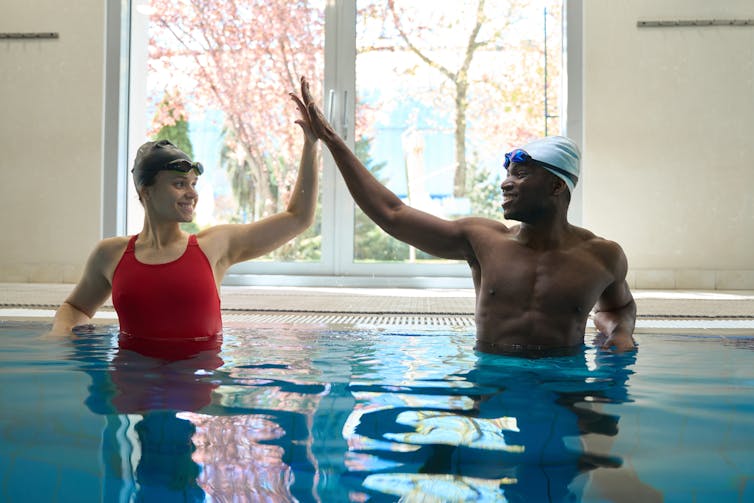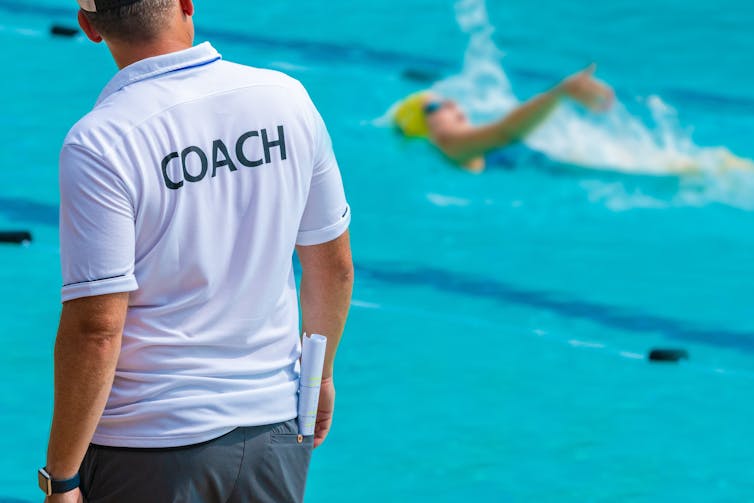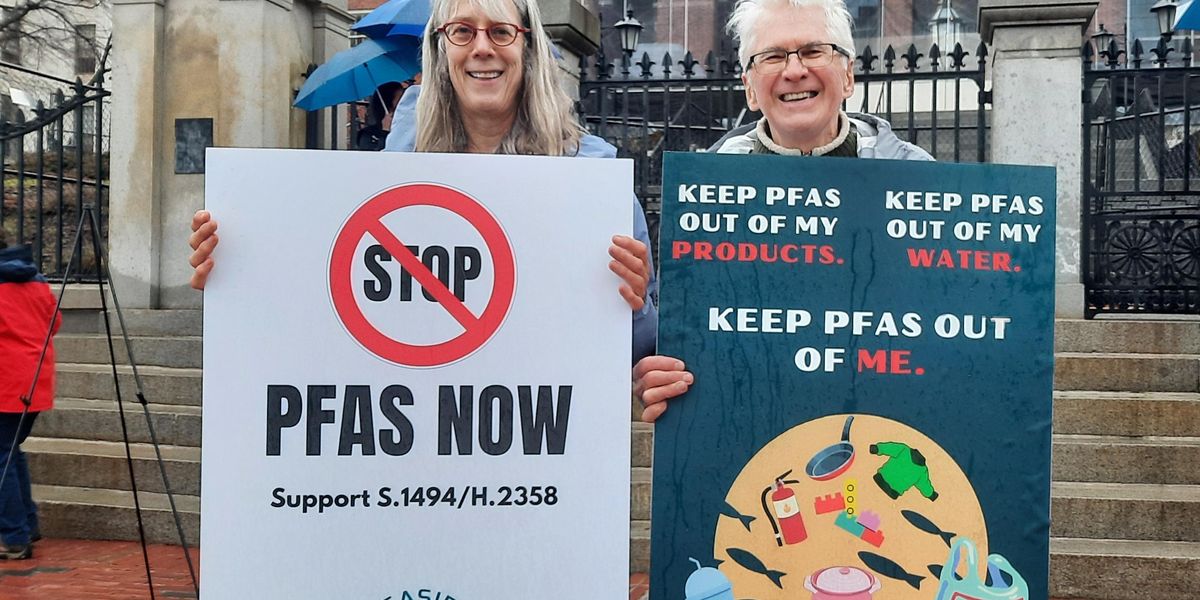While most of the news coverage about maltreatment in sport is focused on sexual abuse, a lesser-discussed, but still prevalent and damaging aspect, is bullying.
Bullying is one of the leading causes of sport dropout. Bullying can have profound and long-term effects on individuals, resulting in depression, health issues, behaviour challenges, low self-esteem and burnout, among others.
Since sport participation has been linked to numerous benefits, including lower levels of drug use, depression and anxiety, it’s essential to foster an environment that allows individuals to engage in it free from bullying.
The prevalence of bullying in sports poses a threat to sport participation, demanding a proactive approach to the issue. But what should sport communities be doing to address bullying?
Dare to Care in Sport
In an effort to create a team culture that combats bullying, the University of Calgary Swim Club implemented a pilot program in September 2017 that adapted the Dare to Care program to focus on sport.
The program required all members of the club — administration, athletes, parents, guardians and coaches — to participate in a bullying prevention workshop.
Over seven months, more than 1,000 club members took part in 1.5 to two-hour workshops designed and delivered by a national expert in bullying prevention and a former Team Canada swimmer. The workshops were offered at numerous times and locations for convenience.
The goals for implementing the Dare to Care workshops included educating and training team members on how to address and prevent bullying, reducing bullying behaviour, equipping the organization with skills to handle any bullying-related issues, and ensuring 90 per cent of members completed the training.
(Shutterstock)
The content for each workshop was interactive, age-appropriate and designed to equip participants with the tools and confidence to address bullying behaviour.
At the end of the seven months, members were invited to participate in my ongoing study investigating the impact of the Dare to Care program. I presented this research at the World Anti-Bullying Forum in Ireland 2019.
Since conducting this research, I have begun training and working for Dare to Care to deliver their anti-bullying workshops to sport organizations and clubs.
Participants were asked to complete a survey about bullying in the club and their opinions of the Dare to Care in Sport program. Some were also invited to participate in an interview for more in-depth information on bullying and the impact of the Dare to Care program.
Program feedback
In the surveys and interviews, club members said they believed bullying was present in sport, even if they personally had not seen it.
Participants believed there were a few reasons for the presence of bullying in sport. The first reason given was jealousy. One parent interviewee said:
“Someone is good and someone wants to be better, and rather than do the work to be better, the bullying could be a shortcut; it is just sheer jealousy. Even if it doesn’t get you there by taking the other person down, it might make you feel better because you are making them feel worse, right?”
The second reason identified was competition. Another parent interviewee said:
“Part of it has to do with the winning at all costs or a ‘whatever it takes’ mentality. The pressure can be immense and some use whatever advantage is available, including bullying and harassment.”
The third and final reason suggested was parental involvement. One parent interviewee said:
“I can see the pressure from a parent affect the athlete, and how they treat people impacts their success in their sport.”
Club members also felt that educational programs to address bullying were very beneficial. The Dare to Care in Sport program was praised for being mandatory and inclusive of all members. One interviewee said: “It was just super clear to know that the swimmers were on the same page, the coaches were on the same page.”

(Shutterstock)
Key takeaways from the program included a common definition of bullying and identification of acceptable behaviours, consequences for bullying, tools and strategies for addressing bullying as it occurs and appropriate and safe reporting mechanisms for bullying incidents and behaviours.
Making sport safer
The benefits of sport participation at any level are tremendous. It’s important that all members of sport organizations are equipped with the proper definition of bullying and have tools to deal with it.
Many harmful behaviours in sport have been normalized over the years as “just part of the game” or “building character.” Programs such as Dare to Care in Sport are taking a stand against these behaviours and making sport a more safe, inclusive and respectful environment for all participants.
Encouraging participation in sport should go hand-in-hand with a commitment to fostering a culture of respect, inclusivity and fairness. An additional resource leaders can use to accomplish this is the Sporting Change podcast, which focuses on many of these aspects.
It is critical to continue to educate and ensure a safe sport experience is created for all. Providing a comprehensive bully prevention education is one step forward to improving the culture of sport.
The author would like to acknowledge the contributions from the Dare to Care Team (Lisa Dixon-Wells, Mathieu Constantin and Raine Paul) to this article.




